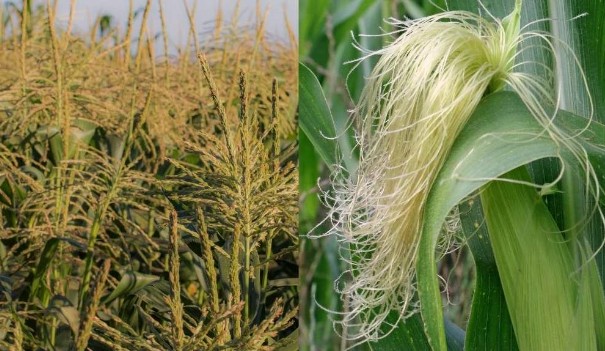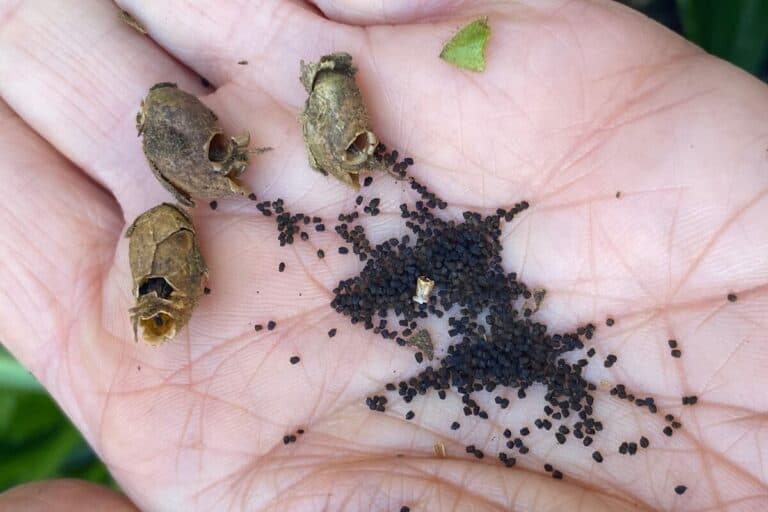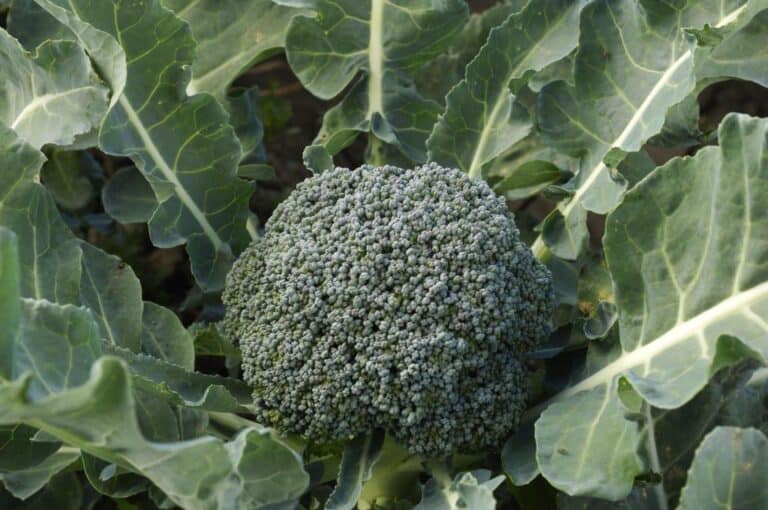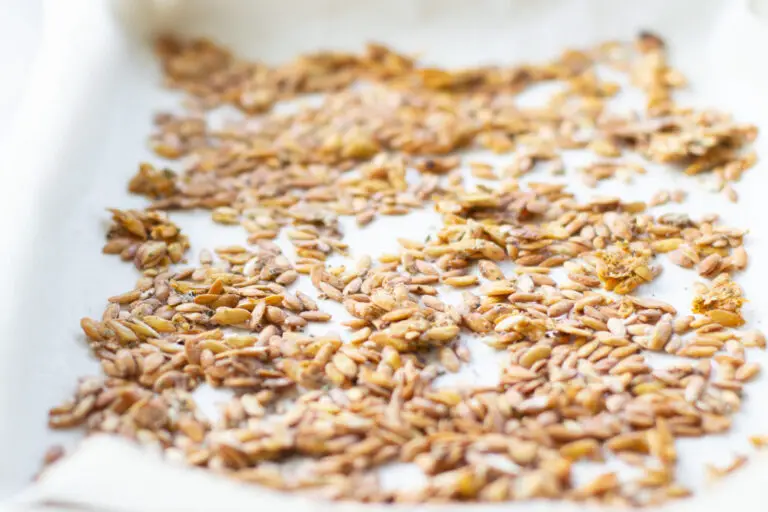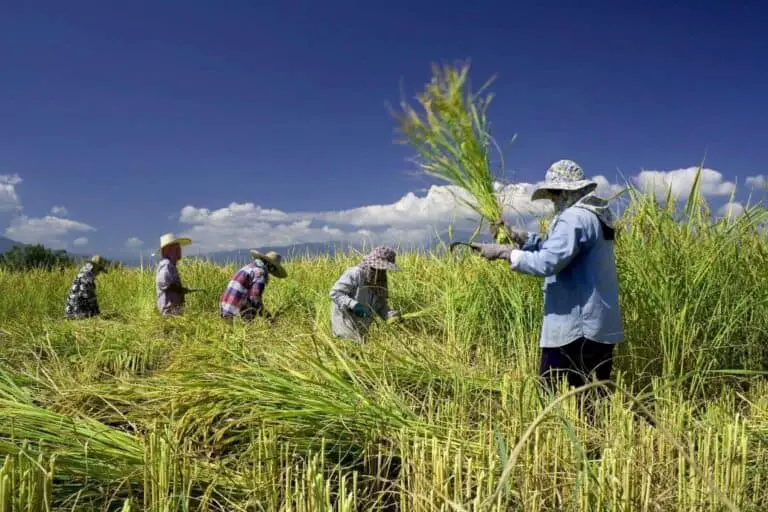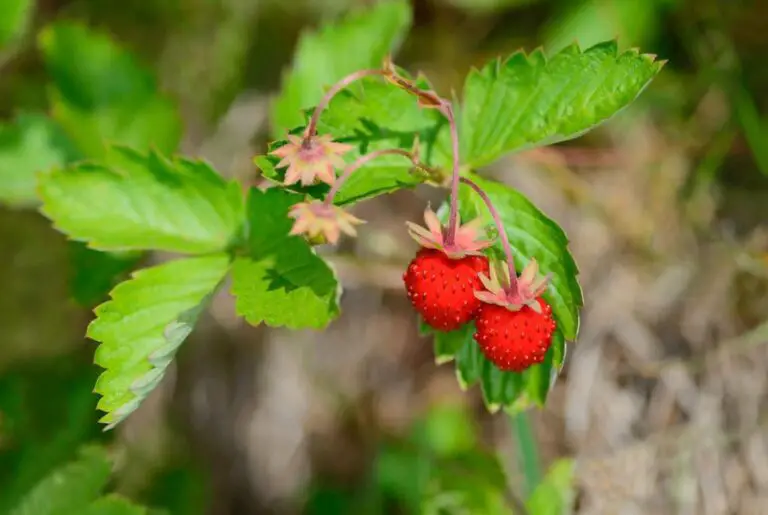Can You Grow Tomatoes Year Round in Florida? When is the Best Time?
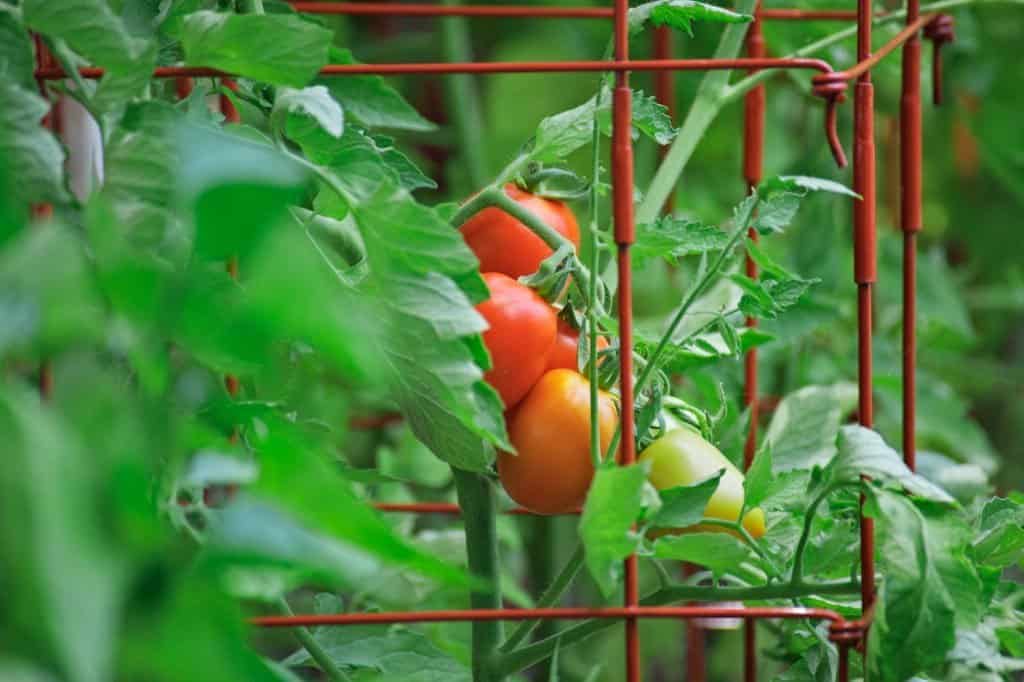
Ever wondered if the sun-soaked lands of Florida could yield tomatoes in every season? Plump, juicy fruits in your garden all year are not just a whimsical dream. They are a tantalizing possibility. In a lush landscape where citrus thrives and palm trees sway, can tomatoes stake their claim as perennial stars? Let’s uncover Florida’s climate mystery. It hides the secrets that help or hurt the growth of these beloved red gems.
Within Florida’s mosaic of microclimates lies a tapestry that dictates the fate of tomato plants at every turn. Subtropical whispers brush Miami’s coastline. Humid embrace wraps around Tampa Bay. Each region beckons tomatoes with promises. But, each holds unique tests. Imagine navigating this botanical labyrinth. You must decipher how sunshine, humidity, and the rare tempests shape tomato destinies.
As we delve into this green journey, marvel at nature’s dance with farming. In Florida’s ever-shifting breezes lie clues to the year-round tomato mystery.
Growing Tomatoes in Season
In Florida, you must know the best conditions for growing tomatoes. They vary by season. This knowledge is crucial for a successful year-round harvest. During the cooler months, such as winter, pick cold-tolerant tomato varieties. They can help keep up production. Varieties like Floradade and Homestead are known to perform well when temperatures drop, ensuring a steady supply of tomatoes even when the weather gets chilly.
For peak growing seasons like spring and fall, to get the most tomatoes, use techniques like regular pruning. This encourages fruit. Also, use proper watering to prevent blossom-end rot.
Blending compost into the soil before planting can provide essential nutrients for vigorous growth. Additionally, using mulch around the base of tomato plants helps retain moisture and regulate soil temperature—a key factor for robust vine growth and bountiful fruit set during these ideal growing periods.
Picking the best varieties for each Florida season is key. It can greatly impact your tomato garden’s yield. For hot summer months, heat-tolerant types like Solar Fire or Phoenix offer resilience against scorching temperatures. These varieties often have thinner skin, allowing them to ripen quicker under the intense Florida sun. Align your tomato choices with the season. This will let you cater to specific climates and boost your yields.
Can You Grow Tomatoes Year Round in Florida?
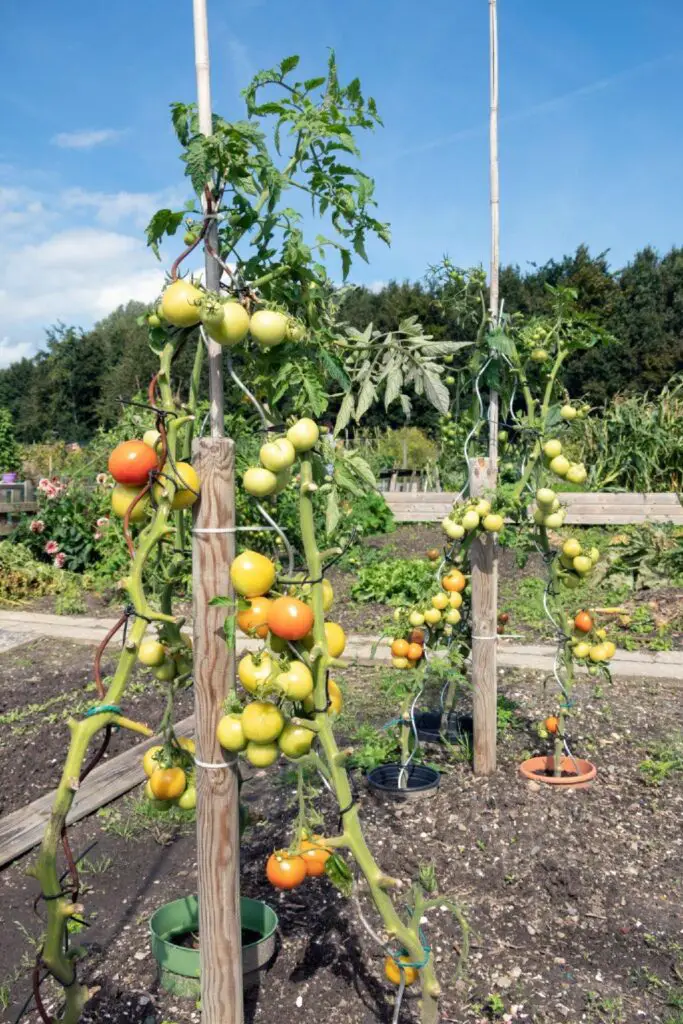
Growing tomatoes year-round in Florida is possible in many areas due to the warm climate. But, it’s essential to consider the timing. Also, consider the specific varieties for Florida’s weather. Plant tomatoes in late winter or early spring. This avoids frost and allows time for growth before summer.
Selecting the right varieties, such as ‘Better Boy’, ‘Celebrity’, ‘Amelia’, ‘Cherokee Purple’, ‘Green Zebra’, ‘Mortgage Lifter’, and ‘Heat Wave II’, which are resistant to diseases and pests, is crucial for successful year-round cultivation.
Tomato plants in Florida need ideal growing conditions. They need enough sunlight, slightly acidic soil, and support structures like cages or stakes. In addition, watering enough is vital. So is fertilizing well. And doing regular maintenance practices, like pruning and trellising, is key for thriving tomato plants.
Challenges of Year-Round Tomato Cultivation
Gardeners in Florida aim to grow tomatoes year-round. But, they face distinct challenges. One primary obstacle is the fluctuating weather patterns characteristic of the state. The hot and humid summers can stress tomato plants, affecting their overall productivity.
Conversely, the occasional cold snaps during winter can pose a threat to delicate tomato crops. Developing strategies to protect plants from these harsh conditions is vital. It’s needed to keep production going all year.
To overcome seasonal obstacles and ensure a good harvest, Florida gardeners can use techniques. These include mulching and row covers. These methods help regulate soil temperature and moisture levels, creating a more stable environment for tomato plants to thrive in despite the changing seasons.
Controlling pests and diseases is key. It keeps a steady supply of tomatoes all year. Common threats like whiteflies, aphids, and various fungal infections can quickly decimate crops if left unchecked. You must take these steps to protect tomato plants. Use integrated pest management, companion planting, and regularly scout for signs of infestation.
Alternative Growing Methods for Year-Round Tomato Cultivation
To grow tomatoes year-round in Florida, you can explore new cultivation methods. They open up many possibilities. Greenhouse cultivation stands out as a game-changer, offering a controlled environment that shields plants from extreme weather fluctuations while allowing ample sunlight for optimal growth. Imagine picking ripe, juicy tomatoes in the heart of winter. It’s all possible with the protection of a well-equipped greenhouse.
For those looking to push boundaries further, hydroponic and container gardening emerge as innovative solutions. Hydroponics is a soil-less growing technique. It delivers nutrients directly to tomato roots. This promotes strong growth and high yields. And it works regardless of the season.
Container gardening caters to space constraints. But, it does not compromise on harvest quality. Picture cherry tomatoes thriving in hanging baskets. Or, beefsteaks flourishing in smart pots. They are all within arm’s reach for daily picking.
| Check this: Why Is Tomato a Fruit and Not Cucumber? |
When Should You Plant Tomatoes in South Florida?
In South Florida, planting tomatoes is a bit different from other regions due to the warm and humid climate. Generally, the best time to plant tomatoes in South Florida is during the cooler months, typically from late September to early November. This timing allows the plants to grow strong roots before summer heat. This ensures better tolerance to high temperatures.
Planting tomatoes too early in the year is risky. This is true, for example, during the peak of summer. It can expose them to stress from intense heat and humidity. This stress may stunt growth and reduce fruit production. But, planting too late has downsides. This is especially true as winter approaches. It can cause slower growth and delayed fruit ripening. This happens because of shorter days and cooler temperatures.
Plant tomatoes during the best time in South Florida. Then, you can use the mild weather to give your plants the best chance to thrive and produce a big harvest. Also, picking heat-tolerant tomato varieties suited to the region can also help you succeed.
What Planting Zone Is South Florida In?
South Florida falls within USDA Plant Hardiness Zones 9B to 10A, typically known for its warm and tropical climate. However, occasional extreme weather events, such as the record-breaking cold experienced in certain years, can temporarily shift the zone designation. During these unusual cold spells, temperatures can drop to the mid-20s Fahrenheit for extended periods. This can harm plants that are not used to such low temperatures.
In that year, a long cold snap made South Florida’s planting zone change temporarily. It went from 9B to 9A. This shift was unexpected. It caught many gardeners and plant lovers off guard. It caused widespread damage to vegetation throughout the region. These plants are typically considered tropical or subtropical. They are not cold-hardy and are especially vulnerable to the frigid temperatures.
The cold damage observed serves as a reminder. It shows the importance of being ready for extreme weather events. This is true even in warm regions. Gardeners and homeowners in South Florida should protect their plants during cold snaps. They should cover sensitive plants or bring potted plants inside.
Tomato Care During Extreme Weather Conditions
The unpredictable nature of Florida’s weather is a challenge. Protecting your tomato plants is crucial. From sudden hurricanes to unexpected cold snaps, these events can wreak havoc on your beloved crop. One effective strategy is to monitor weather forecasts regularly and prepare in advance. For instance, securing stakes around your tomato plants can provide additional support during strong winds associated with hurricanes.
Adapting care routines is key. You must base them on shifting weather to protect your tomato crops all year. For example, adjusting watering schedules during periods of heavy rainfall can prevent waterlogging, which might lead to root rot. Also, putting organic mulch around the base of your tomatoes can help control soil temperature and moisture. This shields them from the extreme weather common in Florida.
In the face of adverse climatic conditions, utilizing coverings and shelters proves invaluable for maintaining a productive tomato garden. You might erect plastic tunnels to shield against frost. Or, you might invest in portable greenhouses for long-term protection. These structures offer a layer of defense for your precious tomatoes.
What Vegetables You Grow Year Round in Florida?
In Florida’s favorable climate, many vegetables can be grown year-round, offering a continuous harvest for gardeners. Here’s a selection of vegetables commonly grown throughout the year in Florida:
- Tomatoes: With proper care and attention, tomatoes thrive in Florida’s warm climate and can produce fruit year-round, especially in the southern parts of the state.
- Peppers: Both sweet and hot pepper varieties, such as bell peppers and jalapenos, flourish in Florida’s sunny weather and can be harvested throughout the year.
- Cucumbers: Cucumbers are well-suited to Florida’s warm and humid conditions, making them a reliable crop for year-round cultivation.
- Squash: Varieties like zucchini and yellow squash are prolific growers in Florida and can be planted year-round to ensure a continuous harvest.
- Beans: Green beans and pole beans thrive in Florida’s warm climate and can be planted successively for a steady supply of fresh beans.
- Herbs: Many herbs, including basil, parsley, cilantro, and mint, thrive in Florida’s year-round growing conditions, providing fresh flavors for culinary use throughout the seasons.
- Leafy Greens: Vegetables like lettuce, kale, spinach, and Swiss chard can be grown in Florida year-round, with some varieties better suited to the cooler months.

